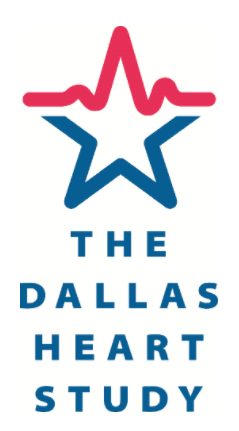
The Donald W. Reynolds Cardiovascular Clinical Research Center was established in 1998, with a $24 million grant to establish a comprehensive cardiovascular research program. The program’s centerpiece was the Dallas Heart Study, officially announced to the citizens of Dallas in an April 2000 news conference by Dallas Mayor Ron Kirk and other city leaders.
“We designed the Dallas Heart Study to be performed solely in the community in which we work and provide health care,” said Helen Hobbs, MD, the Center’s Director. “Most heart disease studies … include populations from different regions of the country.”
By 2002, the initial data collection, which included detailed socioeconomic, biomarker and imaging data from some 3,500 ethnically diverse Dallas County participants, had been completed. “Already, the study has helped save many lives in Dallas County,” said Ron Victor, MD, co-author of the study. “We have identified more than 500 people with high blood pressure who did not know they had it until they participated in the Dallas Heart Study.”
In August 2004, an additional $12 million grant from the Donald W. Reynolds Foundation allowed UT Southwestern researchers, led by Helen Hobbs, MD, to continue the Dallas Heart Study.
By 2016, the Dallas Heart Study had resulted in more than 200 published papers, the discovery of two genes associated with fatty liver disease, and one breakthrough drug.
[This study] is one of the most significant medical events of this century in North Texas and perhaps the most far-reaching.
Dr. James de Lemos, Professor of Internal Medicine and Medical Director for the Dallas Heart Study
Using data from the Dallas Heart Study, Drs. Helen Hobbs and Jonathan Cohen found a woman with two mutations in the PCSK9 gene – one mutation from each parent. The woman, an aerobics instructor, had unusually low levels of LDL cholesterol. Importantly, she showed no ill effects from her low LDL levels, suggesting that therapies aimed at blocking or reducing PCSK9 would not only be effective but safe.